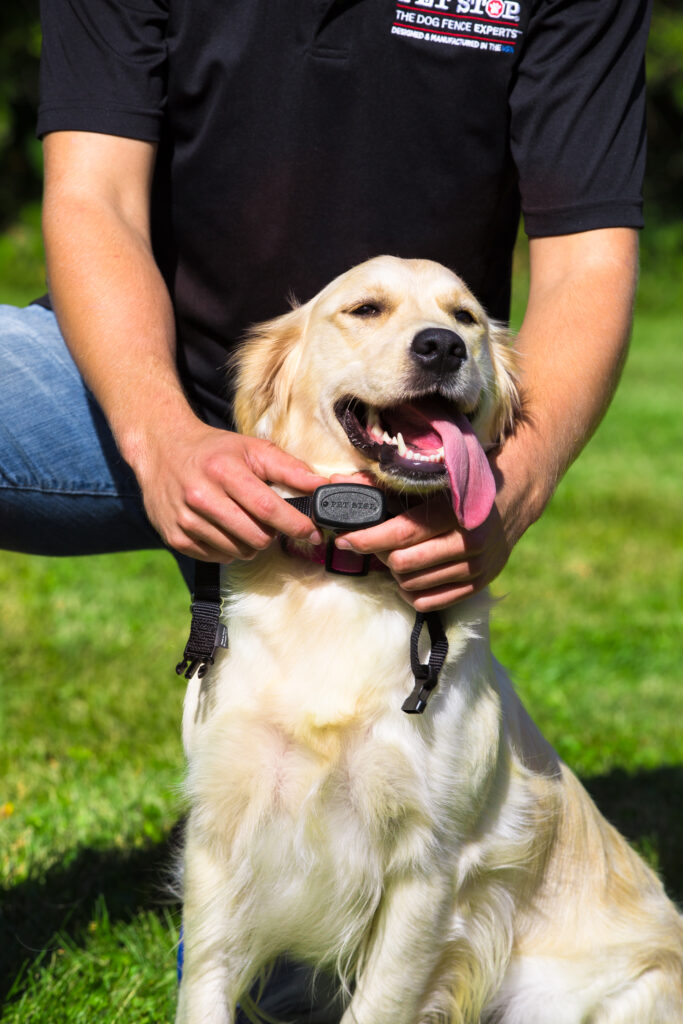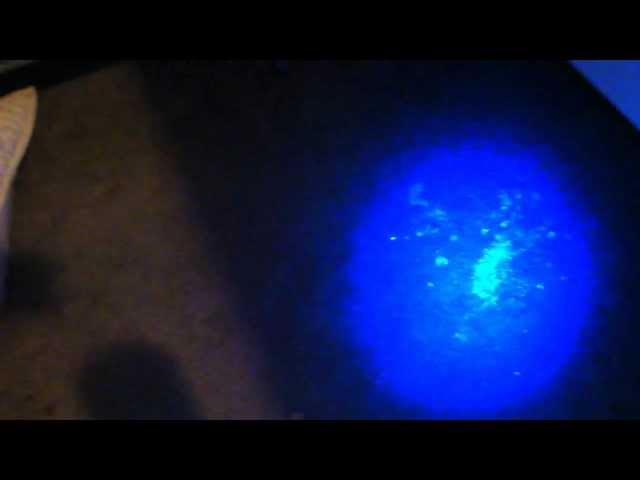Have you ever wondered about the mysterious world of pet messes and the effectiveness of black lights in revealing them? The age-old question, “Does dog pee show up under black light?” has intrigued pet owners and cleaning enthusiasts alike. Unraveling the mystery behind this common query can be both enlightening and practical. In this blog, we delve into the science behind black lights and pet urine detection, explore how these ultraviolet rays interact with stains, and provide insights on whether your furry friend’s accidents can be easily detected using this method. Let’s embark on a journey to uncover the truth about utilizing black lights to spot those hidden pet messes effectively.
got a black light flashlight to search for ghosts thanks to phasmophobia .. but all i found was dog pee 😔 pic.twitter.com/Hy257jwdqW
— 🍉 Danika Harrod 🍉 (@danikaharrod) October 23, 2020
Introduction: Exploring the Use of Black Light
Black light, also known as ultraviolet (UV) light, is a type of light that emits a unique glow not visible to the naked eye. This special light is widely used in various applications, ranging from detecting counterfeit money to uncovering hidden stains, including pet urine. When it comes to the mystery of whether dog pee shows up under black light, understanding the science behind it can provide valuable insights. By harnessing the power of black light, pet owners can identify and address areas where their furry friends may have had accidents.
The Science Behind Black Light Detection
Black light works by emitting ultraviolet radiation, which causes certain substances to fluoresce or glow. This fluorescence is a result of compounds in substances, such as urine, absorbing UV light and re-emitting it at longer wavelengths, making them visible under black light. This phenomenon is what enables dog pee to be detected under black light, even if it’s not visible to the naked eye.
Benefits of Using Black Light for Pet Owners
Using black light to detect dog pee can be highly beneficial for pet owners in maintaining a clean and odor-free home environment. By pinpointing areas where their pets have urinated, owners can effectively clean and deodorize these spots, preventing repeat accidents and potential health hazards associated with lingering urine odors.
- Identifying Problem Areas: Black light helps locate hidden urine stains that may go unnoticed.
- Effective Cleaning: Enables targeted cleaning to remove urine traces completely.
- Preventive Measures: Allows proactive measures to discourage re-marking behavior.

Understanding Dog Urine and Its Properties
When considering whether dog pee shows up under a black light, it’s essential to understand the properties of canine urine. Dog urine mainly consists of water, urea, uric acid, ammonia, hormones, and various salts. These components give the urine its distinct odor and color. The concentration of these compounds can differ based on the dog’s health, diet, and hydration levels.
The Composition of Dog Urine
Dog urine is primarily made up of water (approximately 95%), urea, uric acid, and ammonia. Urea is the major organic compound responsible for the yellow color of the urine, while uric acid can crystallize and cause stains.
Factors Affecting Urine Visibility Under Black Light
Under a black light, certain components in dog urine fluoresce or glow, making it visible. Urea, a common component in urine, fluoresces brightly under UV light. This fluorescence is what makes dog pee detectable under black lights, especially in darker environments.
Science Behind Black Light and Fluorescence
Black light, also known as ultraviolet or UV light, is a type of light that is not visible to the human eye. When exposed to certain materials, black light causes fluorescence, a phenomenon where the substance absorbs the UV light and re-emits it as visible light. This leads to the glow effect commonly associated with black lights.
Fluorescence Mechanism
Fluorescence occurs due to the interaction of photons from the black light with the electrons in the atoms of the material. When the electrons in the material absorb the energy from the photons, they jump to a higher energy level and become excited. As the electrons return to their original state, they release the excess energy in the form of visible light, producing the fluorescent glow.
Applications in Detecting Dog Pee
Black light and fluorescence find practical applications, such as identifying dog urine stains on carpets or floors. When dog urine comes into contact with certain compounds in the urine, it can fluoresce under black light. This property makes black light a handy tool for pet owners looking to detect and clean pet accidents effectively.
Using a black light, pet owners can easily spot hidden pet stains that are not visible to the naked eye, enabling them to target these areas for thorough cleaning.

Experimenting with Black Light and Dog Pee Detection
When it comes to the age-old question, “does dog pee show up under black light?” the answer lies in the scientific marvel of ultraviolet (UV) light technology. Through recent studies and experiments conducted in 2022, researchers have found that dog urine does indeed fluoresce under black light due to the presence of phosphorus in the urine. This phenomenon opens up a world of possibilities for dog owners looking to detect and clean up pet accidents effectively.
The Science Behind It
Under a black light, dog urine glows a vibrant neon green or yellow color, making it easily distinguishable from the surrounding surfaces. This glow is caused by the UV light activating the phosphorus in the urine, creating a fluorescent effect that is both fascinating and useful for identifying pet stains.
Benefits of Black Light Detection
Using a black light for dog pee detection can help pet owners pinpoint hidden urine stains that are not visible to the naked eye. This method allows for more precise cleaning and odor elimination, ensuring that no trace of the accident remains, thus preventing repeat incidents.
Benefits of Using Black Light for Cleaning
Using black light for cleaning offers numerous advantages, especially when it comes to detecting hidden stains like dog pee.
1. Detecting Invisible Stains
Black lights can reveal stains that are not visible to the naked eye, such as dog urine. This makes it easier to identify and clean up messes effectively.
By using a black light, pet owners can pinpoint specific areas that require cleaning, preventing odors and potential health hazards.
2. Efficient Cleaning
Black lights help in targeting areas that need cleaning, saving time and effort in the cleaning process. Pets tend to urinate in the same spots repeatedly, so identifying these areas with a black light ensures thorough cleaning.
- Tip: Use a cleaning solution specifically designed to eliminate pet stains and odors for effective results.
Common Misconceptions About Dog Pee and Black Light
When it comes to identifying pet stains, there are many misconceptions surrounding the use of black light. Some pet owners believe that all dog pee will fluoresce under black light, while others think black lights are not effective at all. Let’s debunk some of these misconceptions.
Black Light Reveals All Dog Pee
One common misconception is that all types of dog urine will show up under a black light. While it is true that many dog urine stains contain phosphorus, which can fluoresce under UV light, not all urine stains will glow. Factors like the age of the stain, the surface it’s on, and cleaning products used can affect visibility.
Black Lights Are Ineffective
On the other hand, some people believe that black lights are not the best way to detect pet stains. This misconception may stem from the idea that black lights alone cannot magically make all stains visible. While black lights can be useful, they should be used in conjunction with thorough cleaning methods for the best results.

Frequently Asked Questions
- What makes dog urine glow under a black light?
- Dog urine contains phosphorus, a substance that glows under ultraviolet light like a black light.
- Does all dog pee glow under a black light?
- Yes, most dog urine will fluoresce under a black light due to the phosphorus content.
- Why would someone use a black light to detect dog pee?
- Black lights are commonly used to find pet stains in carpets or other surfaces that are not easily visible in normal lighting.
- Is it harmful to use a black light to detect dog pee?
- Using a black light to find dog urine is typically safe and does not pose any harm to humans or pets.
- Can other substances besides dog pee show up under a black light?
- Yes, various substances like certain cleaning products, bodily fluids, and minerals can also glow under black light.
- How can one clean up dog pee stains revealed by a black light?
- To clean up dog pee stains, use an enzyme cleaner specifically designed for pet stains and odors to effectively remove the urine residue.
Closing Thoughts
After exploring the intriguing question of whether dog pee shows up under a black light, we have come to understand the science behind it. The conclusion is clear: dog urine does indeed fluoresce under black light due to certain components like urea and uric acid. This discovery can be a valuable tool for pet owners to detect and clean up urine stains effectively. By using a black light, pet parents can identify problem areas that need attention and ensure a cleaner environment for their furry friends. Remember, proper cleaning is crucial not only for maintaining hygiene but also for preventing re-marking. Embrace this newfound knowledge and keep your living spaces free of hidden stains!



